If a customer is looking to buy a car, they may be introduced to a range of advanced safety features that are not currently present in their current vehicle. Almost all car manufacturers provide at least some of these technologies, and some even equip them as standard devices.
However, the question that most customers still wonder is whether they really need these features. And how do they work?
In some cases, these features can help protect passengers’ lives, especially for new or elderly drivers. However, it is important for users to understand some of the issues related to these technologies.
First, even though they have the same name, not all systems operate in the same way. For example, this manufacturer’s front collision warning system may work better than another manufacturer’s system with the same function.
Second, a system can be more advanced than other systems, such as being able to activate functions at higher speeds or being able to take over the driver’s role.
And finally, companies will call a certain feature by a term appropriate to their marketing campaigns. Toyota’s Pre-Collision System and Honda’s Collision Mitigation Braking System are essentially similar to GM’s Low-Speed Forward Automatic Braking feature.
Let’s consider some advanced safety and driver support features to see which system will bring the highest value to customers.
Front Collision Warning System:
This system can scan the road ahead and alert the driver using lights and horn. Many advanced systems can detect pedestrians, cyclists, or animals. This is also a popular system with multiple versions developed by different car manufacturers.
Emergency Autonomous Braking System:
With this feature, if the driver does not pay attention to potential danger audio and visual warnings, the vehicle will automatically apply the brakes. However, the speed range at which this system can operate depends on the type and version of the vehicle.
Braking Assist:
This feature detects when the driver needs to stop suddenly and provides additional anti-lock brake pressure to bring the vehicle to a complete halt. Research has shown that most drivers cannot provide enough braking force in emergency situations. Therefore, car manufacturers have developed this feature to prevent or reduce the severity of accidents. Brake assist is usually provided as a standard feature.
Blind Spot Warning System:
This system monitors the driver’s blind spots and alerts them to the presence of other vehicles through lights in the A-pillar or rearview mirror. If the driver attempts to change lanes, the lights will flash or the vehicle will emit a warning sound. Some systems can even steer the vehicle back to its original lane as a last resort, although this feature is often linked to lane-keeping assist (described below). While front collision warning and automatic braking systems are usually added to the standard equipment list, blind spot warning systems are almost always optional.
Rear Cross-Traffic Alert System:
The rear cross-traffic alert system always accompanies the blind spot warning system to alert the driver to approaching vehicles, objects, or pedestrians from both sides and the rear. This system is especially useful when the driver is backing out of a parking space.
Lane Departure Warning System:
The lane departure warning system will be activated when the vehicle drifts out of the lane and will alert the driver through audio, visuals on the instrument cluster, or vibrating steering wheel or seat. Some systems can detect when the driver is about to leave the road completely, alert them, and take certain actions.
Lane-Keeping Assist System:
This system is a higher-level development of the lane departure warning system. In addition to giving warnings to the driver, the lane-keeping assist system will gently steer the vehicle back into the lane.
Sometimes, these features will use brakes moderately to achieve similar effects. However, the steering system will intervene more frequently. This is one of the systems where operating capability and quality depend heavily on the car manufacturer. Some impressive cars can keep the vehicle in the middle of the lane naturally, while others may cause passengers to wobble between lane markings or intervene more than necessary.
Driver Attention Monitoring System:
This system monitors the driver in various ways to detect whether they are excessively distracted or sleepy. The vehicle can alert the driver and recommend taking a rest.
Automatic Crash Notification System:
Most car manufacturers now offer systems with functions similar to “emergency telegrams” by connecting via the driver’s smartphone or a dedicated connection port, such as GM OnStar or Hyundai BlueLink. The key element of these emergency communication systems is the automatic crash notification feature, which can automatically call 911 when the airbags in the vehicle deploy. This system acts like a real rescue worker. In addition, car manufacturers equip these emergency notification systems with emergency call buttons and the ability to remotely lock/unlock the vehicle or help locate it if it is stolen.
Automatic High Beam Headlights:
When the vehicle senses that the sky is dark enough and there are no approaching vehicles, it will automatically activate the high beam headlights to provide the best visibility for the driver. When it detects a vehicle approaching, the system will automatically switch off the high beam headlights.
This feature is usually provided together with front collision warning in a comprehensive safety technology package.
Airbags:
Basic car buyers already understand what airbags are, but perhaps they still don’t fully understand how many airbags their vehicle needs. The front airbags placed in the steering wheel and dashboard, as well as the airbags protecting the upper body of passengers, are mandatory by government regulations. These airbags can be placed in doors or seats. Almost certainly on sedans, side airbags will drop from the roof to cover the side windows and protect the heads of passengers.
Usually, these airbags will cover all seats, but there are still some exceptions. And this largely depends on the manufacturer. There are airbags such as rear side airbags that work similar to front airbags, knee airbags for the driver or front passenger, side airbags on both sides (Mercedes-Benz), side airbags in the middle to prevent passengers from colliding with each other (General Motors), seat-mounted airbags in front of passengers to protect them from being trapped under the seatbelt (Toyota).
While it is difficult to argue about the effectiveness and role of these additional airbags, what really matters is for customers to compare the crash test data of vehicles in the same segment, not just count the number of airbags.
By diep_pn (forum.autodaily.vn)

























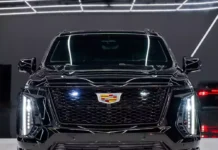


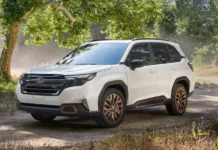

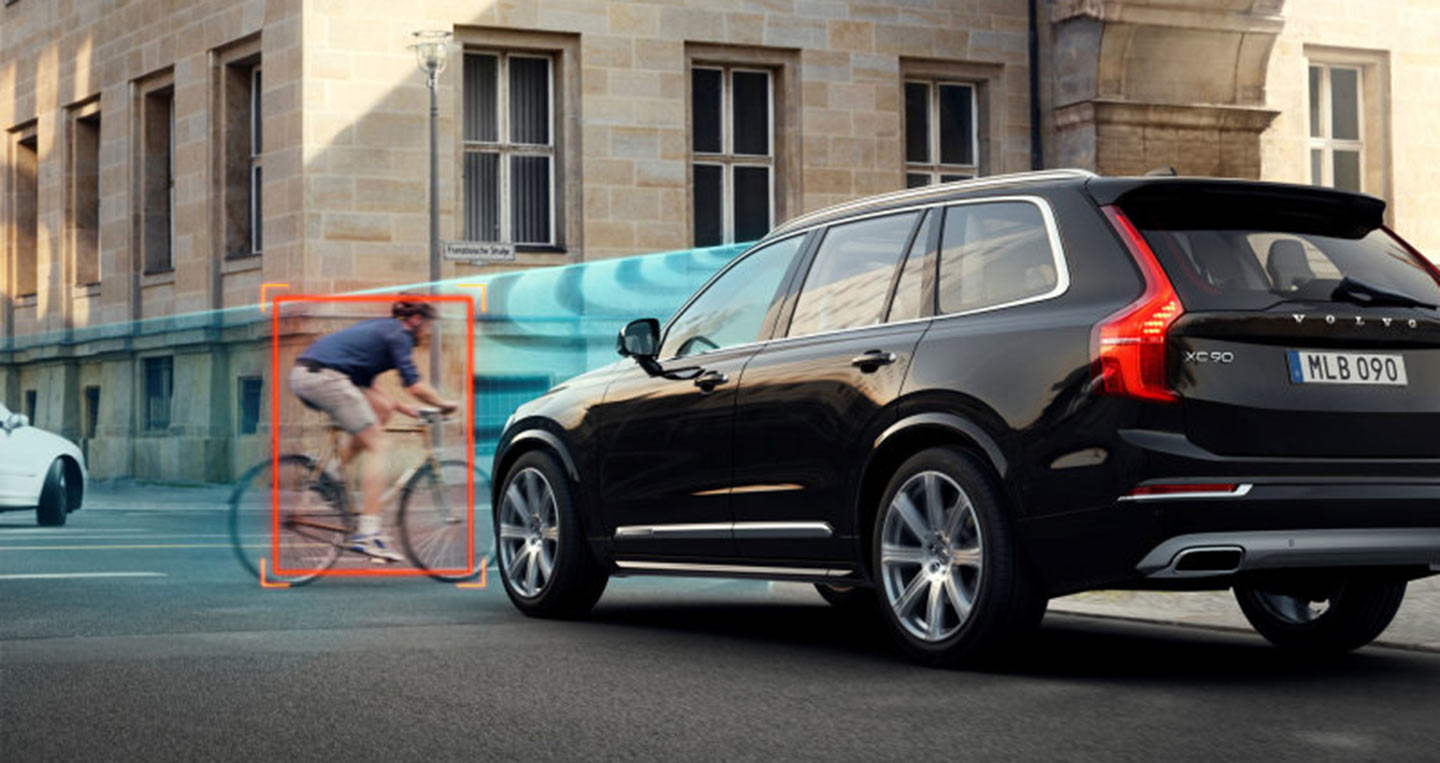
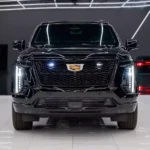
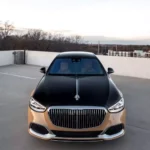







![[CAR REVIEW] Skoda Kodiaq set to debut in Vietnam: A “perfect” family car](https://vnauto.net/wp-content/uploads/2023/10/xehay-skodakodiaq-09092023-1-100x70.jpg)
![[CAR REVIEW] Weekend Getaway with Toyota Wigo: Small, Cute, and Packed with Power](https://vnauto.net/wp-content/uploads/2023/11/xehay-toyotawigo-02082023-11-100x70.jpg)
